Elisa Sayrol
Leishmaniasis Parasite Segmentation and Classification using Deep Learning
Dec 30, 2018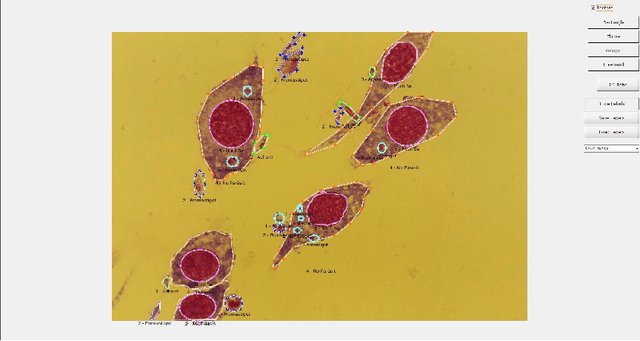
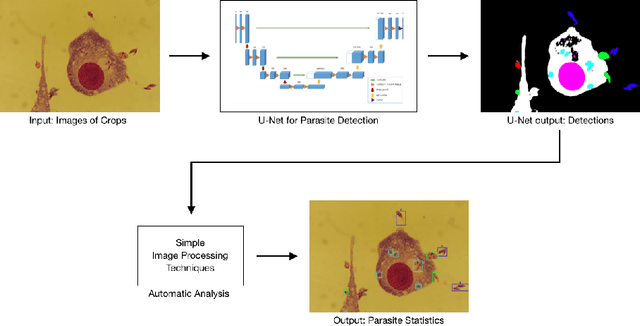
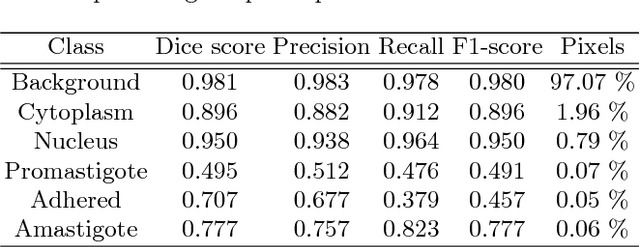

Abstract:Leishmaniasis is considered a neglected disease that causes thousands of deaths annually in some tropical and subtropical countries. There are various techniques to diagnose leishmaniasis of which manual microscopy is considered to be the gold standard. There is a need for the development of automatic techniques that are able to detect parasites in a robust and unsupervised manner. In this paper we present a procedure for automatizing the detection process based on a deep learning approach. We train a U-net model that successfully segments leismania parasites and classifies them into promastigotes, amastigotes and adhered parasites.
* 10th International Conference, AMDO 2018, Palma de Mallorca, Spain, July 12-13, 2018, Proceedings
SalGAN: Visual Saliency Prediction with Generative Adversarial Networks
Jul 01, 2018
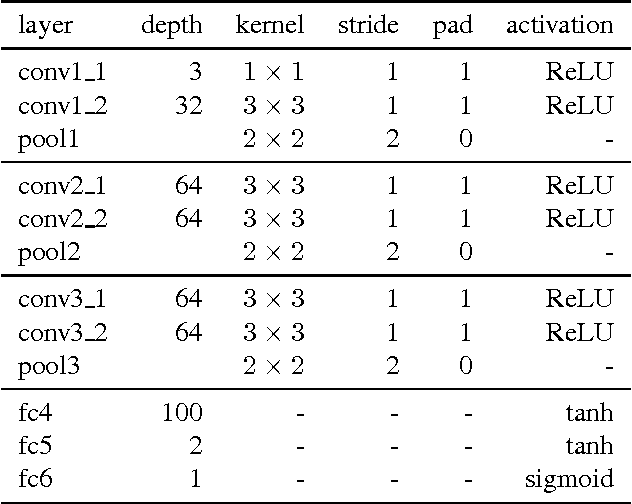
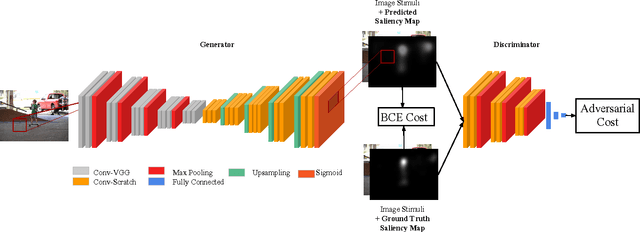

Abstract:We introduce SalGAN, a deep convolutional neural network for visual saliency prediction trained with adversarial examples. The first stage of the network consists of a generator model whose weights are learned by back-propagation computed from a binary cross entropy (BCE) loss over downsampled versions of the saliency maps. The resulting prediction is processed by a discriminator network trained to solve a binary classification task between the saliency maps generated by the generative stage and the ground truth ones. Our experiments show how adversarial training allows reaching state-of-the-art performance across different metrics when combined with a widely-used loss function like BCE. Our results can be reproduced with the source code and trained models available at https://imatge-upc.github.io/saliency-salgan-2017/.
Shallow and Deep Convolutional Networks for Saliency Prediction
Mar 02, 2016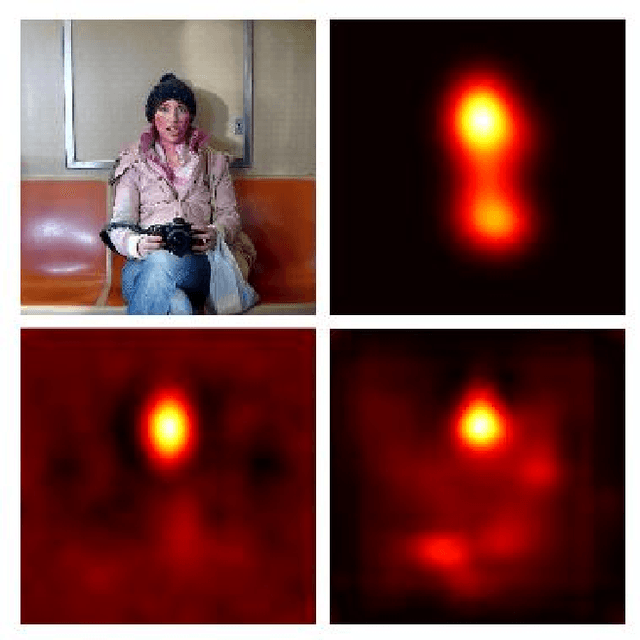
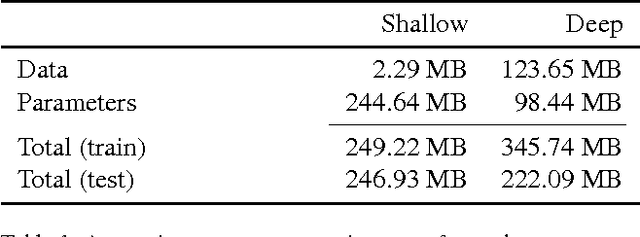
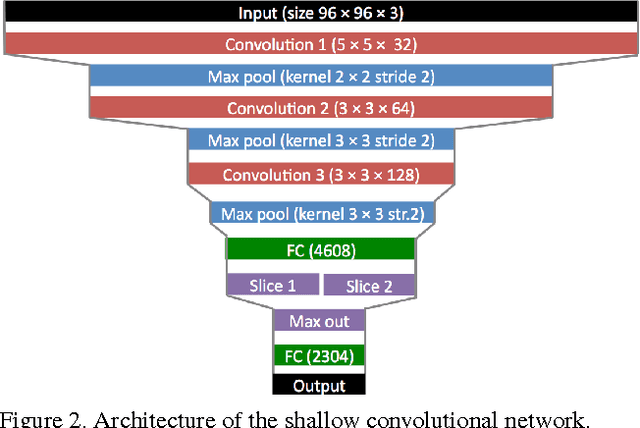

Abstract:The prediction of salient areas in images has been traditionally addressed with hand-crafted features based on neuroscience principles. This paper, however, addresses the problem with a completely data-driven approach by training a convolutional neural network (convnet). The learning process is formulated as a minimization of a loss function that measures the Euclidean distance of the predicted saliency map with the provided ground truth. The recent publication of large datasets of saliency prediction has provided enough data to train end-to-end architectures that are both fast and accurate. Two designs are proposed: a shallow convnet trained from scratch, and a another deeper solution whose first three layers are adapted from another network trained for classification. To the authors knowledge, these are the first end-to-end CNNs trained and tested for the purpose of saliency prediction.
 Add to Chrome
Add to Chrome Add to Firefox
Add to Firefox Add to Edge
Add to Edge